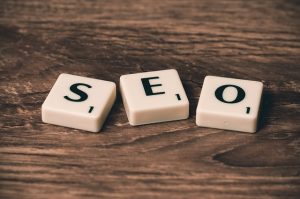SEO Content Optimization is a strategic approach to enhance digital visibility and search engine rankings by optimizing individual web pages to meet user intent and algorithm requirements. It involves keyword research, meta tag optimization, header structures, internal linking, and high-quality content creation. Essential tools guide content producers in creating engaging material through data-driven recommendations. Effective keyword integration without stuffing improves readability and signals content relevance to search engines. Mastering meta tags, headings, and image optimization significantly boosts SEO. Additionally, focusing on indexing, crawlability, and technical optimizations ensures search engine bots can efficiently access and understand the website's content, facilitating discoverability and enhancing overall SEO Content Optimization efforts.
“Discover the art of boosting your website’s visibility with our comprehensive On-Page SEO Tools Workshop. In today’s digital landscape, understanding on-page search engine optimization (SEO) is crucial for online success. We’ll guide you through essential tools and techniques, from keyword research strategies to mastering meta tags and image optimization. Learn how to optimize content effectively, ensuring your website achieves top rankings. This workshop equips you with the knowledge to enhance indexing, crawlability, and overall digital visibility.”
Understanding On-Page SEO: The Cornerstone of Digital Visibility
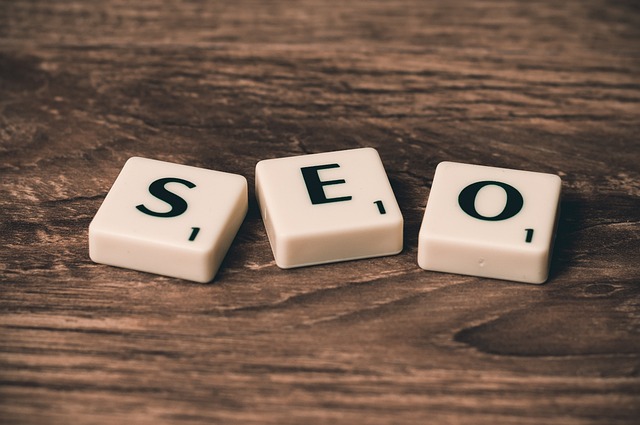
Understanding On-Page SEO is a cornerstone in enhancing digital visibility and boosting search engine rankings. It involves optimizing individual web pages to align with user intent and search engine algorithms, ensuring that your content is not only engaging but also easily discoverable by relevant audiences. By focusing on on-page factors such as keyword research, meta tag optimization, header structures, internal linking, and high-quality, optimized content, you can create a solid foundation for your website’s success in the competitive online landscape.
SEO Content Optimization plays a pivotal role in this process. It requires careful selection and strategic placement of keywords throughout your page’s content, including titles, headings, subheadings, and body text. Optimized content not only attracts search engines but also keeps users engaged, reducing bounce rates and increasing time spent on the site—all factors that contribute to improved rankings and a better user experience.
Unlocking the Power of SEO Content Optimization Tools

In today’s digital landscape, SEO Content Optimization tools have emerged as indispensable assets for content creators and marketers alike. These innovative solutions empower users to navigate the complex web of search engine algorithms with ease. By employing advanced technologies, these tools offer a wealth of insights into keyword performance, readability analysis, and on-page element optimization. They act as a compass, guiding content producers towards creating material that not only captivates audiences but also resonates with search engines.
Unlocking the full potential of SEO Content Optimization requires an understanding of its diverse capabilities. From identifying high-value keywords to suggesting improvements for meta tags and headings, these tools streamline various aspects of on-page optimization. They provide data-driven recommendations, ensuring content is not only search-engine friendly but also tailored to meet the evolving needs and preferences of users.
Key Components for Effective Keyword Research and Integration
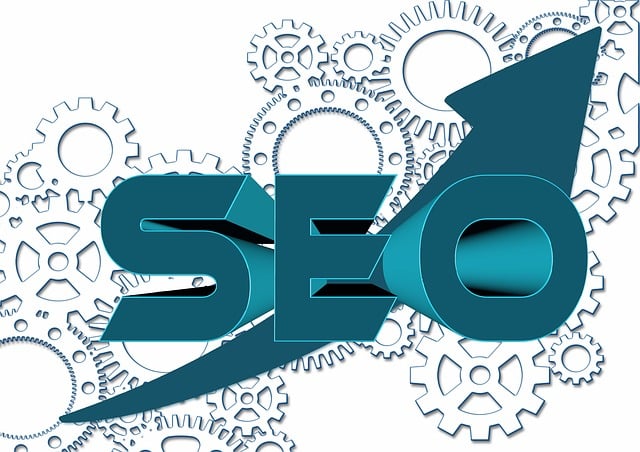
Effective keyword research is a cornerstone of successful on-page SEO and content optimization. It involves understanding your target audience, their search queries, and the competitive landscape. Start by identifying relevant keywords that align with your content’s focus using tools like Google Keyword Planner or SEMrush. These tools provide insights into search volume, average cost per click (CPC), and competition for each keyword, helping you select high-value terms.
Once identified, seamlessly integrate these keywords into your website’s on-page elements—titles, headings, meta descriptions, and especially the content itself. But avoid keyword stuffing; it dilutes your message and negatively impacts user experience. Instead, focus on natural integration that enhances readability while signaling to search engines that your content is relevant and valuable, thereby boosting SEO Content Optimization.
Mastering Meta Tags: Titles, Descriptions, and Headings
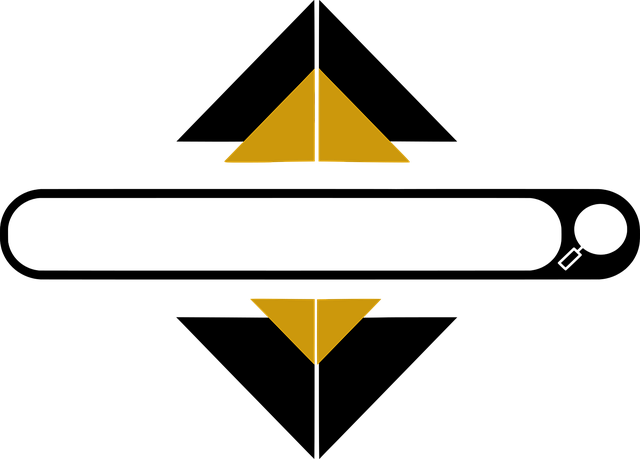
Mastering meta tags is an integral part of SEO content optimization, enabling search engines to understand and display your web pages effectively. Title tags, for instance, serve as the page’s headline in search results, capturing users’ attention while also signaling to search algorithms what the content is about. Crafting compelling titles that include relevant keywords can significantly improve click-through rates.
Similarly, meta descriptions provide a concise overview of the page’s content. While they don’t directly influence rankings, compelling descriptions encourage clicks by offering a clear benefit or summarizing the value users will gain from clicking through. Effective use of headings (H1, H2, etc.) also aids in organizing content for both readers and search engines, making it easier to scan and understand.
Image Optimization: Enhancing Visual Content for Search Engines
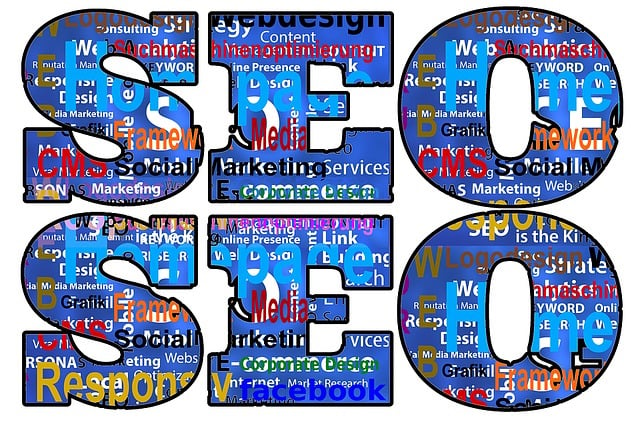
Image optimization is a crucial aspect of on-page SEO content optimization that often goes unnoticed but significantly impacts search engine rankings. When optimizing images, focus on file size reduction without compromising visual quality to ensure faster page load times. Tools like TinyPNG or JPEG-Optimizer can help compress images while retaining their integrity, thereby improving user experience and reducing bounce rates.
Additionally, incorporating relevant alt text for each image is essential. Search engines use this text to understand the content of your visuals, making it a powerful SEO tool. Descriptive and keyword-rich alt tags not only enhance accessibility but also provide context for both users and search algorithms, boosting the overall optimization of your web pages.
Technical SEO Considerations: Ensuring Your Website's Indexing and Crawlability
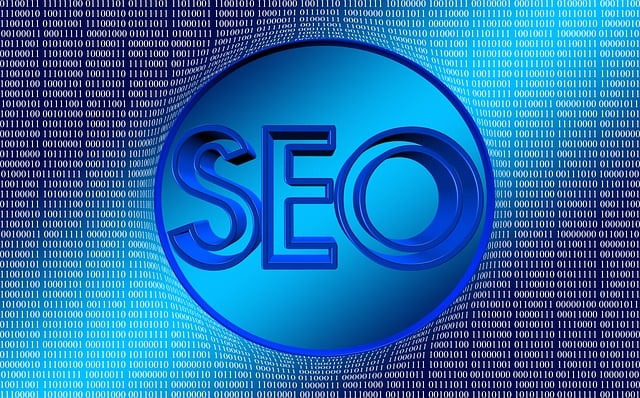
When it comes to Technical SEO Considerations, focusing on indexing and crawlability is crucial for any website’s success. These aspects ensure that search engine bots can access, understand, and index your site effectively. A well-structured website with proper HTML markup, clean code, and clear navigation helps search engines efficiently discover and process content. By optimizing these technical elements, you enable better visibility for your SEO Content Optimization efforts, as search engines are able to crawl and index your pages more accurately.
Key factors include ensuring fast loading times, implementing structured data markup, creating an XML sitemap, and using robots.txt files to control access. A secure website with HTTPS protocol is also beneficial. These technical optimizations lay the foundation for a robust online presence, allowing your content to be discovered, ranked, and presented accurately in search results.
